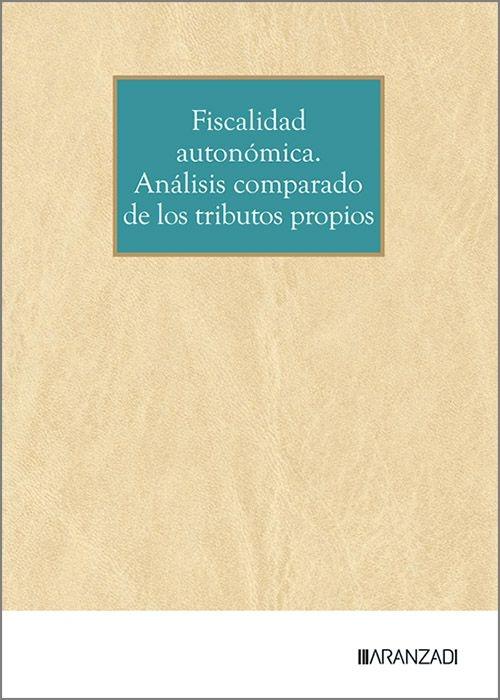Public-Private Partnerships Policy and Practice

 (0 Comentarios)
(0 Comentarios)
Comenta y valora este libro
pvp.36,40 €
Sin Stock. Posibilidad entre 11 y 20 dias
- ISBN:9781849290203
- Editorial: Commonwealth secretariat Publications
- Fecha de la edición:2010
- Encuadernación:
- Dimensiones: 0 cm x 0 cm
- Nº Pág.:208
- Idiomas:Español
Materias:
Otros libros de Hacienda Pública-Sistemas Fiscales
-
Ayala Cañon, Luis; Cadaval Sampedro, María; Herrero Alcalde, Ana; Lago Peñas, Santiago; Súarez Pandiello, Javier
Economía pública y gobernanza multinivel "Ensayos en homenaje al profesor Jorge Martínez-Vázquez"
Instituto de estudios fiscales. 2025

pvp.30,00 €
-
Redacción Editorial Aranzadi
Fiscalidad autonómica "Análisis comparado de los tributos propios"
Aranzadi Editorial . 2025

pvp.52,00 €
-
Gonzalo Migueláñez, Javier
Tributación local y práctica de todos los bienes especiales (BICES)
Aranzadi Editorial . 2025

pvp.57,20 €




